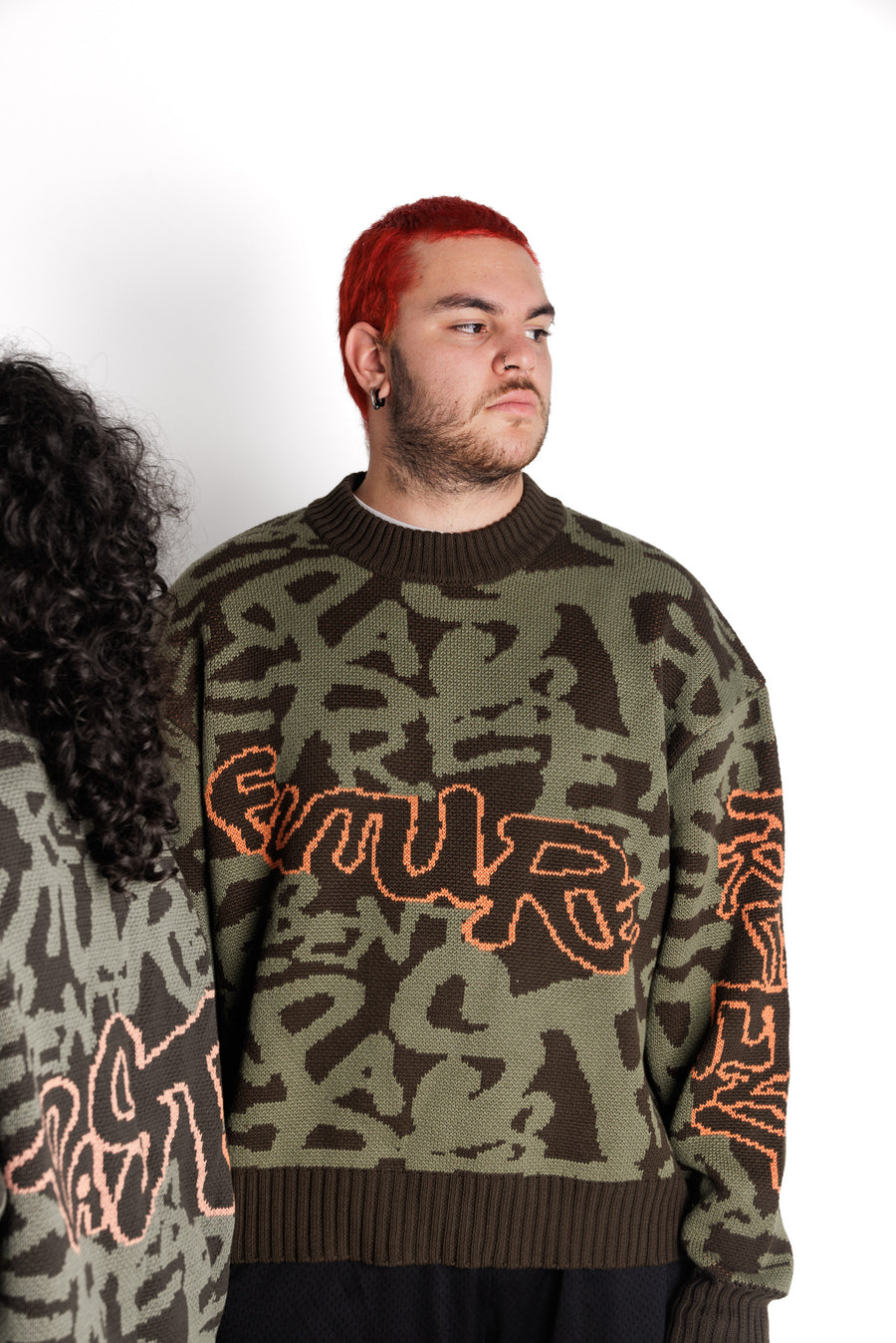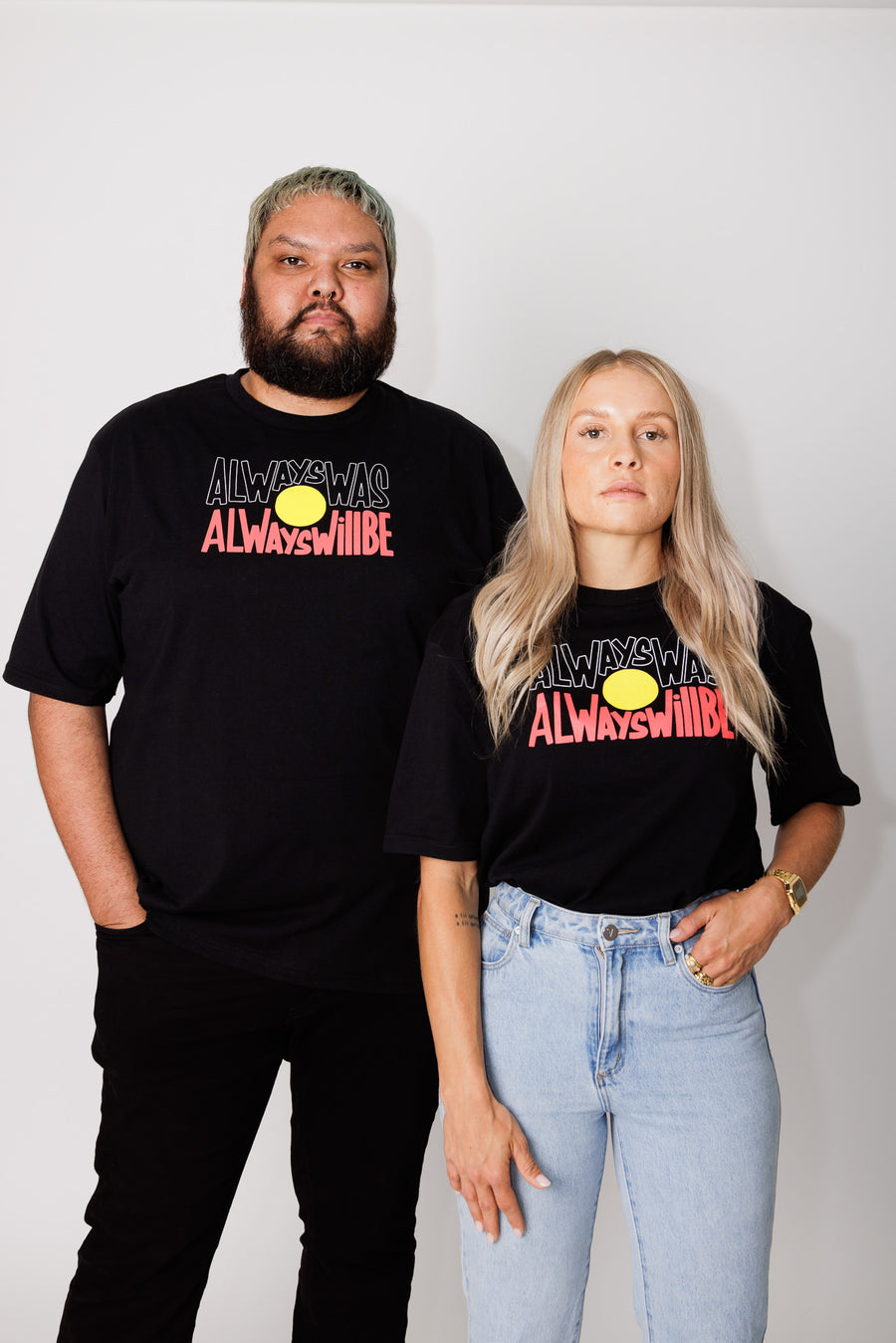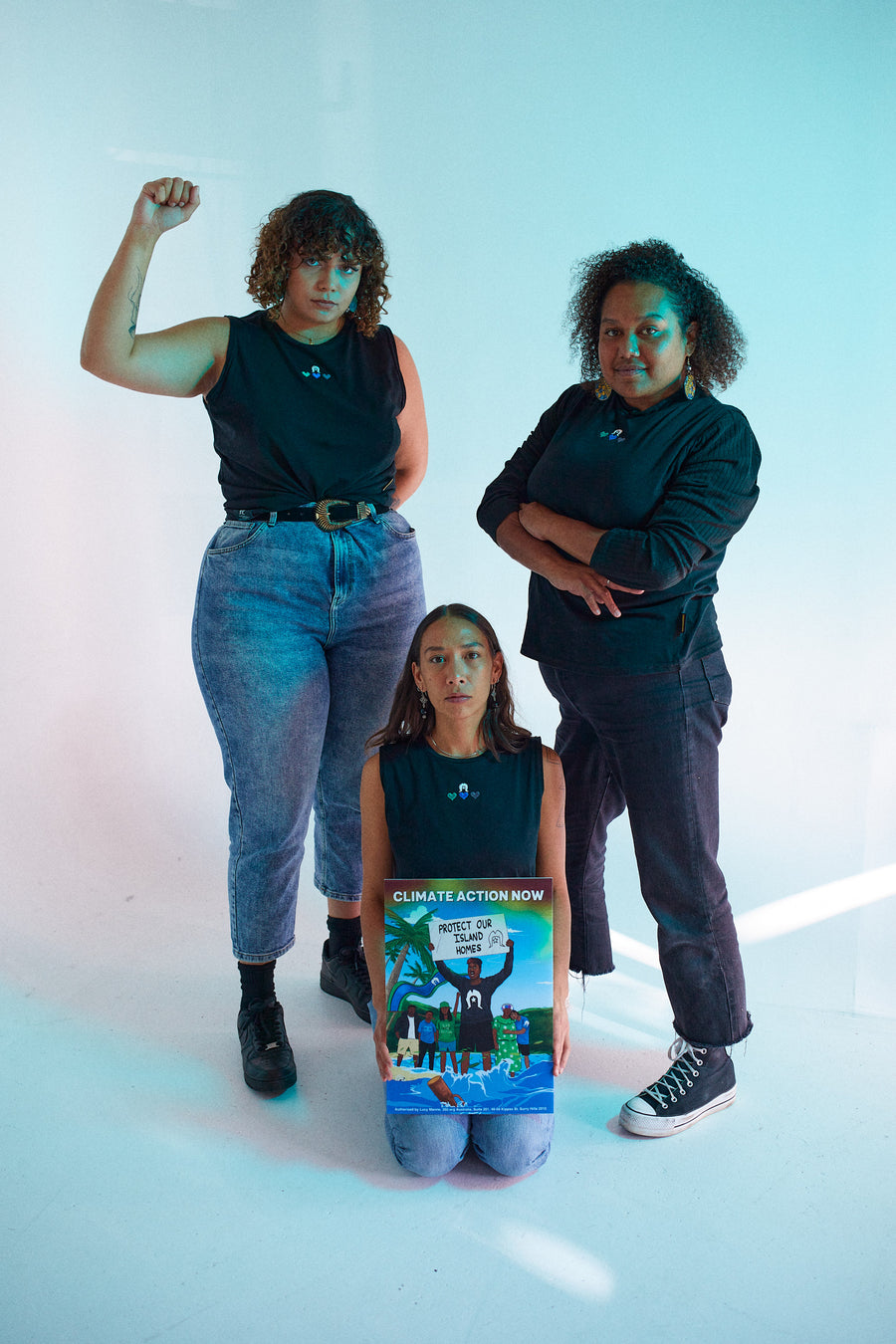The Burden on Blak students - talking about the Referendum in the Classroom

Teachers play an influential role in our society in supporting and guiding young people through their education journeys and beyond. They leave lasting impacts on impressionable minds. They bring new thinking, ideas and perspectives into young people’s lives - to encourage them to be critical thinkers and advocates for social justice, including First Nation’s Justice.
But, this opportunity comes with responsibility and if not handled with care and forethought, the outcome can be detrimental to the wellbeing of Aboriginal and Torres Strait Islander kids in the classroom.
With the Referendum date in full swing, and school being back for a little over a week, we have already had several conversations with First Nations students about the interactions happening in their classrooms now.
It was after sharing these incidents with friends in the education sector that we became aware that there is in fact, a curriculum activity that uses the Voice Referendum and ‘Yes’ and ‘No’ arguments materials as examples to illustrate persuasive writing techniques.
Whilst in theory, this is could be a great time to integrate current news, affairs and politics into the classroom when talking about the upcoming Referendum and First Nations justice - when Aboriginal and Torres Strait Islander students are present, we must centre them and ensure conversations are approached in a safe and supportive classroom environment.
This blog shares perspectives from an Aboriginal student, Aboriginal educator and advocate, Shelley Ware, a Koorie Education Support Officer (KESO) and a non-Indigenous high school teacher.
Reflections from a year eleven Aboriginal student at a private school in Melbourne -
“We had already been unpacking the words from the 'Uluru Statement from the Heart' in class before my teacher checked in, letting me know that there will be more Referendum discussions in Term 3. It was good to have the heads up that this was coming, but I didn’t know what we would be doing, it would have been good to have more details.
In class, it was a bit weird to be analysing the ‘persuasion tactics’ people used in the lead up to the Referendum. To be honest, as young Blackfella the Referendum is personal to me and it's a bit awkward having to unpack the 'yes' and 'no' debates using a professional and technical lens in the classroom - knowing I’m going to get marked on it.
It’s also frustrating having to listen to other non-Indigenous students’ perspectives about how they interpret these materials. It highlights their lack of general knowledge and understanding - they don’t understand my context or lived experience. Their opinions are not informed about the complexities of the argument.
I’m the only Koorie at my school from Victoria, there are other Blakfellas in the class, but they are from remote Communities. I worry for other kids that are the only Aboriginal kids in the classroom. You can’t really explain what it is, but you can feel it.
It can be traumatic at times at school and there isn’t always someone to debrief with or go to about how we handle or change certain situations for the future.
Schools need to see us our in our whole identities and not just as any other student in one classroom. We’re having these same conversations about the Referendum and First Nations justice across many spaces, all the time - at home, in Community and both casually with teachers in passing and in the classroom.”
Reflections from a Koorie Education Support Officer (KESO) working in the Victorian education secondary school system -
“It’s a traumatic time, in the led up the Referendum for all First Nations Mobs across the country - it's particularly hard for First Nations students in a contained classroom space.
When speaking with teachers regarding the Referendum, I provide the same advice I do when I advise about teaching Aboriginal perspectives within the curriculum -
- Consult - Check in with parents of Aboriginal students, the Local Aboriginal Education Consultative Groups and other members of the Koorie Community when developing classroom activities.
- Prioritise Aboriginal voices - Include Aboriginal people in the delivery of Aboriginal perspectives through the use of incursions and excursions to build knowledge and share learnings.
- Resources – Use local Aboriginal resources and demonstrate the diversity of Aboriginal culture and experiences. There are a wide range of Aboriginal people and cultures across the continent, so ensure you’re using examples relevant to your local Community.
- Aboriginal students are students - Don’t assume Aboriginal students are the experts in all topics relating to Aboriginal people, culture, history or politics. As young people, they’re often learning too."
Reflections from Shelley Ware (Yankunytjatjara | Wirangu) teacher, advocate and media personality -
“Our job as educators is to also to create a culturally safe space so Aboriginal and Torres Strait Islander children feel safe and valued. To do that you must know your student’s story - reach out to their parents and carers and spend time learning their story and getting to know them. This deeper understanding of the student as a whole person will help when you talk to the challenging aspects of our country’s true history, current affairs or when you are celebrating the beauty of our cultures respectfully for all involved so that you can do this safely.
Always have a conversation with your Aboriginal and Torres Strait Islander students and families about their individual needs prior to heavy discussions. They may be fine, or your student may need a pre organised safe space to quietly move to if needed during some discussion.
Your Aboriginal and Torres Strait Islander students are feeling this Referendum deeply. Unfortunately, the wider community often want to talk to our children about adult issues and this is a heavy weight for them to carry. I remember the same thing happening to me as a child when Land Rights were the topic of conversation and how this made me feel in the classroom. Remember as educators, we are lifelong learners too, so the onus is on us to educate ourselves and not rely on others. The burden is ours, not theirs.
Build strong relationships with your Aboriginal and Torres Strait Islander families, students, local Community and local respected Community members and Elders. We want to work together and are happy to support educators in creating these culturally safe classrooms and schools for our people and the betterment of our whole community.”
Reflections from a non-Indigenous high school teacher –
This week, we also had an honest conversation with a high-school teacher who, in their words, “could have done things differently”. They have graciously shared this piece in hope that other teachers read this and learn from their reflections.
“As a teacher passionate about empowering young people with all the knowledge that they need to be full and empowered citizens, I invited some non-partisan experts from a law school to come into the classroom and talk about the current referendum, the question before us and what the referendum is about.
I believe it is important that all students have the chance to think about the question, but also that it is the role of schools and teachers to provide civics education to young people so that they can make a really informed decision or know what the debate is about.
But what I didn’t consider enough is the way this debate is impacting our First Nations students, and how it is my role to be a good leader who can better help them manage a really difficult time and some really painful and triggering themes.
During this session, one of the First Nations students made it clear he felt triggered and fatigued by this discussion. I heard him and it’s led me to think about how we as teachers can do our jobs better. After reflecting on this situation, I think there are a couple of things I think it’s worth teachers thinking about before they have these discussions with their students.
The big lesson is to talk to First Nations students before these discussions come up - it is really crucial. Not five minutes before but a couple of days before. Students having time to think and be prepared really matters.
Letting the student and the families guide their level of involvement, and taking a really nuanced approach to ensure they feel no pressure, or they don’t feel bombarded by a conversation which is at its heart deeply hurtful.
Make sure that the young person is empowered to be a decision maker about how they participate - they should decide their terms.
Another lesson for me is not putting a cultural load on to that young person to play the role of answering everybody’s questions. Again - some young people want to be centred, and they should be. Others will make it clear that for them in that moment, it’s too much and they are fatigued by it. Our job as educators is to listen.”
In summary -
The load is heavy for First Nations students and as human beings and teachers, we don’t always get it right – but it is so important we remain committed to doing our best for those around us. Reflecting on and sharing our learnings when we “could have done it better” helps inform future practices of educators and protect Aboriginal and Torres Strait Islander students in the lead up to this referendum and beyond.
To close in the words of Shelley Ware, “we want our children to thrive and just be who they choose to be. Take care of them and check up on them during this referendum period before, during and after with empathy and compassion.”





Thank you so much for sharing these vital perspectives. These stories help inform my teaching practice.
Thank you for sharing these important perspectives.
Thank you for sharing this. It reminded me, as a non-Indigenous teacher, to make sure I have consulted the Indigenous family in my kindergarten group. While I have had chats about the Referendum with the family and send my curriculum in advance, I realised I hadn’t actually asked how they might want me to approach it in the classroom. So it was very timely to read this blog before I explore the Referendum with my kindergarten group this week.
Leave a comment